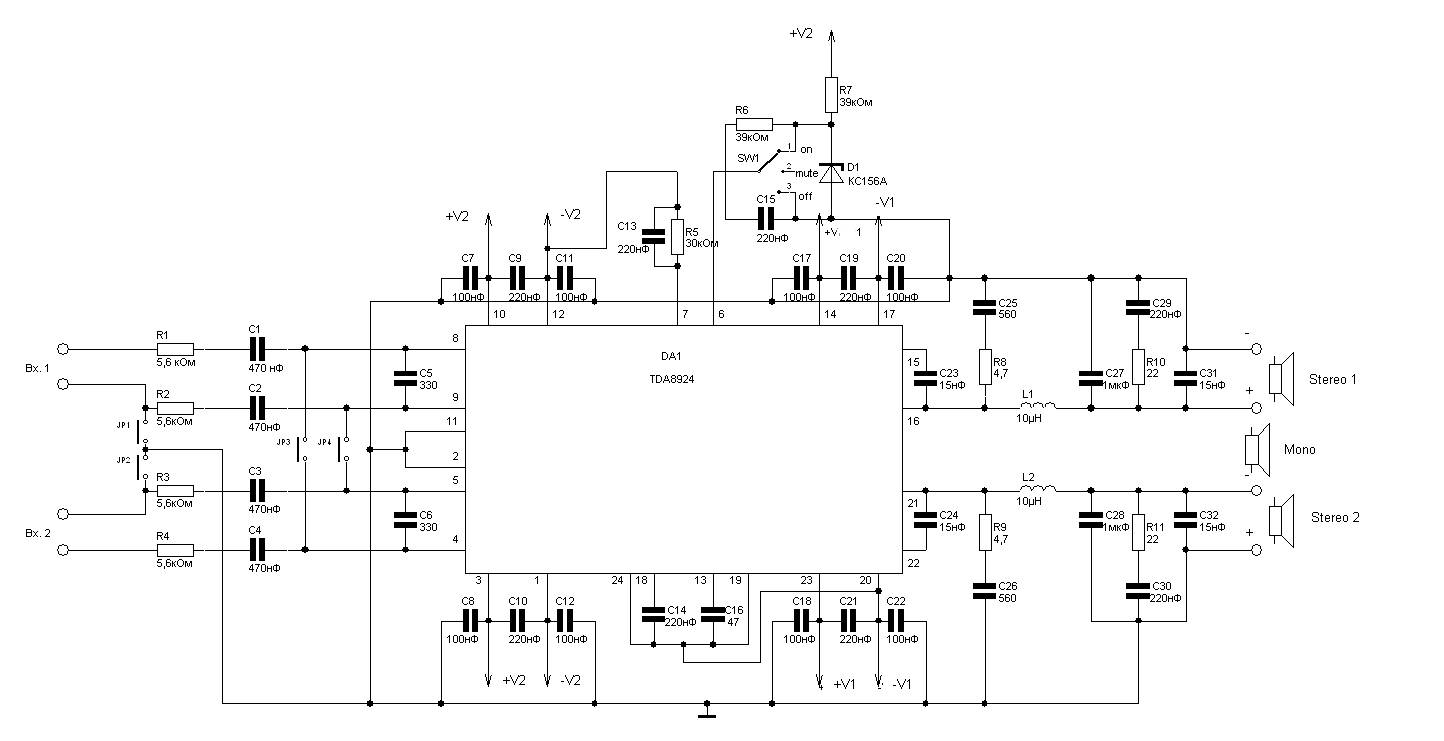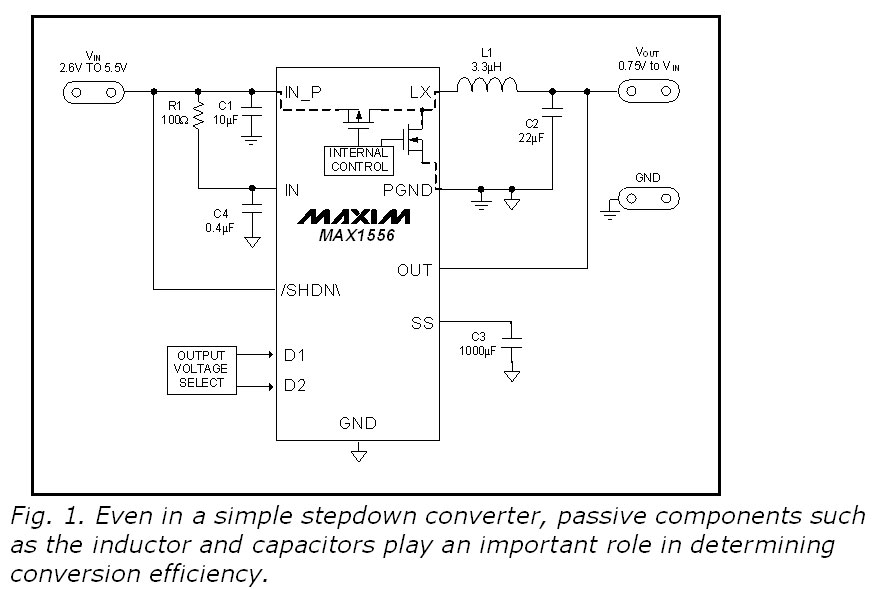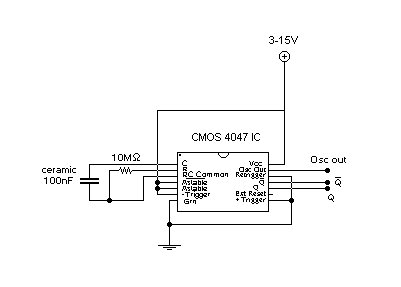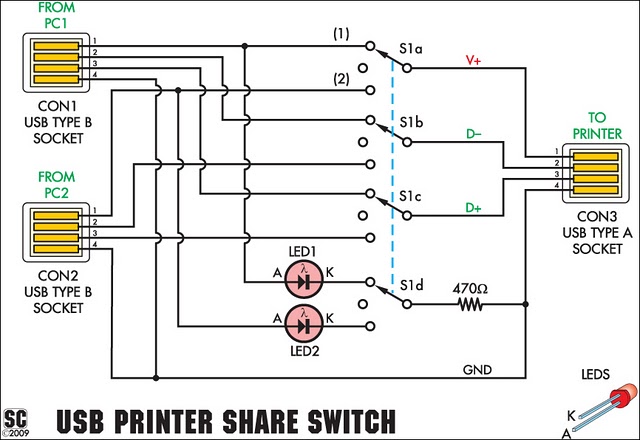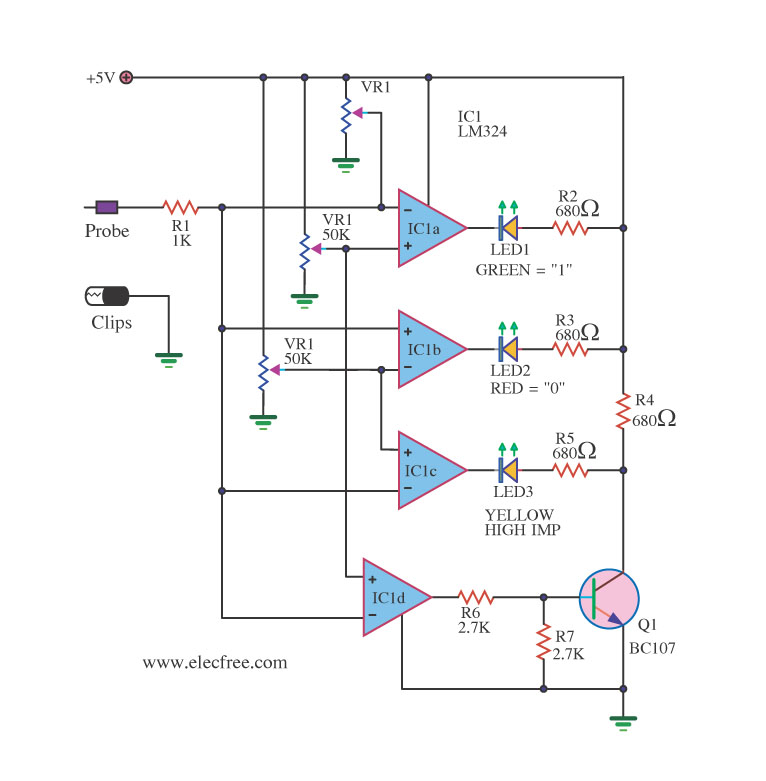
Digital Dice circuit
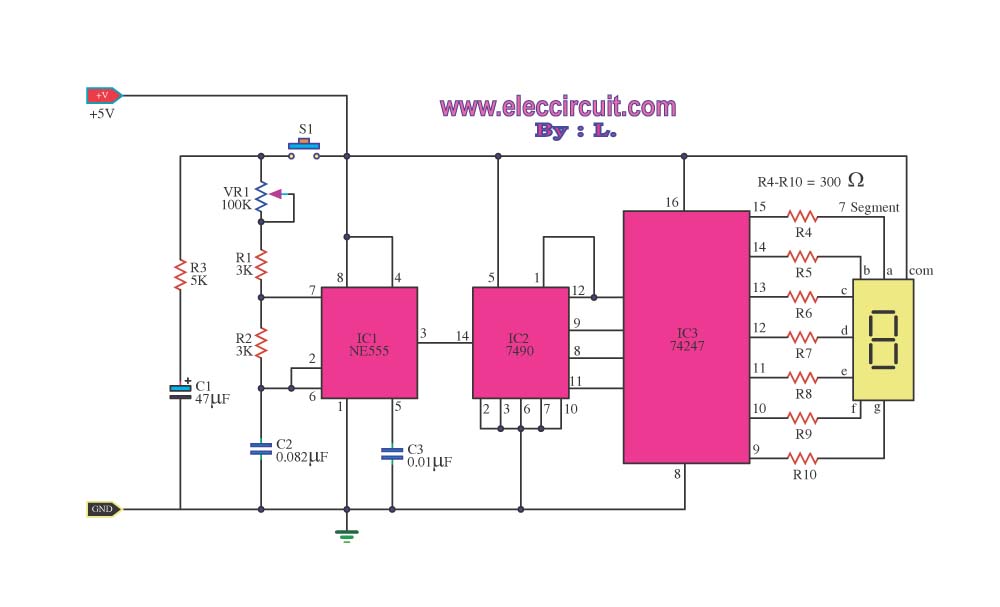
This digital dice circuit is designed to display numbers effectively. When the spin switch is turned off, it converts the input into a binary format using a diode matrix composed of diodes D1 to D9 (1N4148 or 1N914). This binary input is then processed and displayed on a 7-segment display utilizing a decoder driver IC, specifically the CD4511 (IC3).
The digital dice circuit operates by employing a diode matrix that facilitates the conversion of the switch states into a binary representation. Each diode in the matrix, designated as D1 through D9, plays a crucial role in determining the output based on the combination of active switches. The choice of diodes, such as the 1N4148 or 1N914, ensures reliable switching characteristics and minimal forward voltage drop, which is essential for accurate binary conversion.
When the spin switch is deactivated, the circuit interprets the closed or open states of the switches as binary inputs. These binary inputs are fed into the CD4511 decoder driver IC, which is responsible for translating the binary values into corresponding outputs suitable for driving a 7-segment display. The CD4511 is a BCD to 7-segment latch decoder that can effectively handle the binary-coded decimal values, allowing for seamless conversion and display of numbers ranging from 0 to 9.
The 7-segment display is connected to the outputs of the CD4511, which activates the appropriate segments to visually represent the corresponding decimal number. This setup ensures that the circuit can reliably display the results of the dice roll, providing a clear and user-friendly interface. The overall design of the circuit emphasizes simplicity and efficiency, making it an ideal choice for applications requiring a digital representation of random numbers.This dice digital circuit would be a favorite of everyone, by using it to display the numbers. When I turn off the spin switch, it will be converted to a binary input with a diode matrix D1-D9 (1N4148 or number 1N914) and then changed to a 7 segment display with a decoder drive IC No. CD4511 (IC3). 🔗 External reference
The digital dice circuit operates by employing a diode matrix that facilitates the conversion of the switch states into a binary representation. Each diode in the matrix, designated as D1 through D9, plays a crucial role in determining the output based on the combination of active switches. The choice of diodes, such as the 1N4148 or 1N914, ensures reliable switching characteristics and minimal forward voltage drop, which is essential for accurate binary conversion.
When the spin switch is deactivated, the circuit interprets the closed or open states of the switches as binary inputs. These binary inputs are fed into the CD4511 decoder driver IC, which is responsible for translating the binary values into corresponding outputs suitable for driving a 7-segment display. The CD4511 is a BCD to 7-segment latch decoder that can effectively handle the binary-coded decimal values, allowing for seamless conversion and display of numbers ranging from 0 to 9.
The 7-segment display is connected to the outputs of the CD4511, which activates the appropriate segments to visually represent the corresponding decimal number. This setup ensures that the circuit can reliably display the results of the dice roll, providing a clear and user-friendly interface. The overall design of the circuit emphasizes simplicity and efficiency, making it an ideal choice for applications requiring a digital representation of random numbers.This dice digital circuit would be a favorite of everyone, by using it to display the numbers. When I turn off the spin switch, it will be converted to a binary input with a diode matrix D1-D9 (1N4148 or number 1N914) and then changed to a 7 segment display with a decoder drive IC No. CD4511 (IC3). 🔗 External reference
